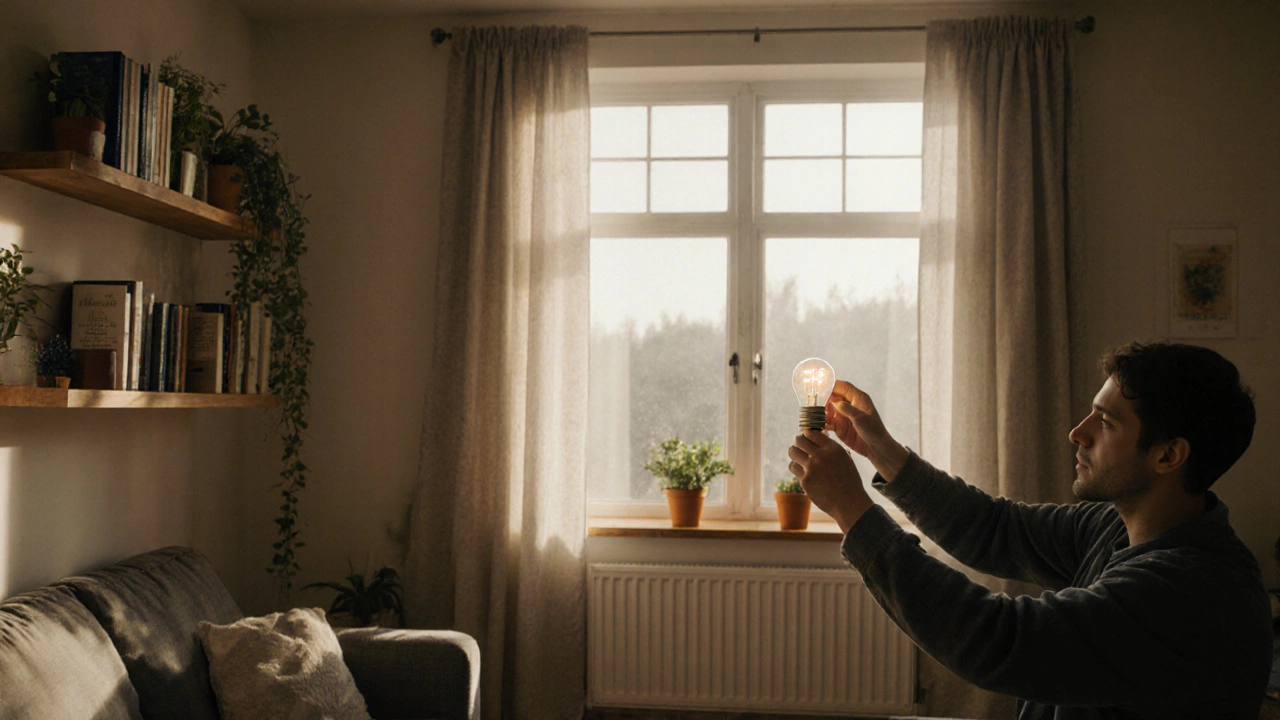Energy Efficiency: Simple Ways to Save Power and Money at Home
When we talk about energy efficiency, the practice of using less energy to perform the same task. Also known as power savings, it’s not about living in the dark—it’s about working smarter so your home uses only what it needs. Think of it like filling a glass with water: you don’t need to overfill it to get a drink. Same with electricity. You can keep your lights on, your fridge cold, and your home cozy without wasting a single watt.
It’s not magic. It’s simple stuff: swapping old bulbs for LEDs, sealing drafty windows, turning off devices instead of leaving them on standby, and using a programmable thermostat. These aren’t just eco-friendly buzzwords—they’re habits that drop your utility bills by 20% or more. And it’s not just about saving money. Less energy use means fewer power plants burning fossil fuels, cleaner air, and less strain on the grid during hot summers and cold winters.
Related to this are smart home devices, automated tools that monitor and adjust energy use—like thermostats that learn your schedule or plugs that shut off idle electronics. Then there’s home energy savings, the collective impact of daily choices that reduce consumption. These aren’t separate ideas—they’re layers of the same solution. You don’t need a full home retrofit. Start with one thing: unplug the charger you never use, or switch your lights to LED. That one step adds up.
Look at the posts below. You’ll find real examples: how to match your home décor without buying new stuff (because lighting affects mood and energy use), how to meal prep without wasting food (which saves fridge energy), and even how to build a home gym that doesn’t drain your power bill. There’s no fluff here—just practical steps people actually use. Whether you’re trying to cut costs, reduce your footprint, or just feel more in control of your home, energy efficiency is the quiet win that adds up fast.
